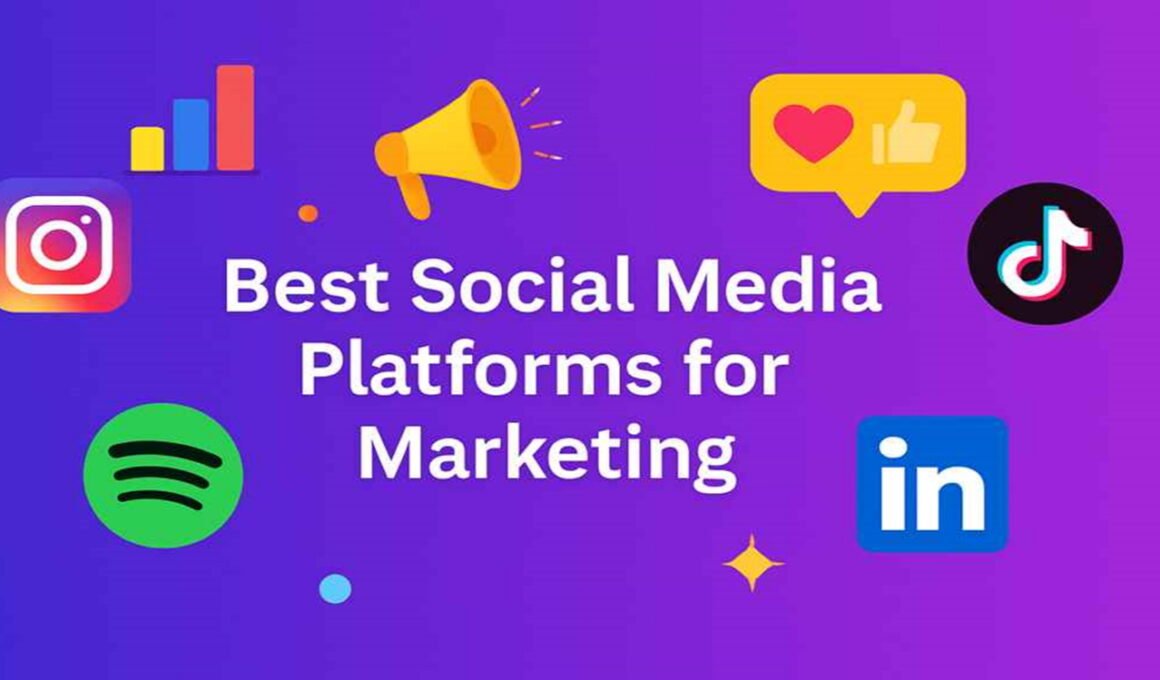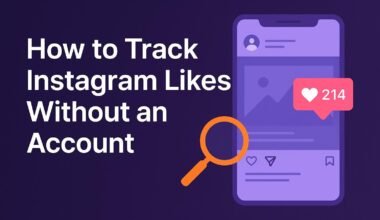Marketing today is a story of connection—of brands seeking not just attention, but authentic interaction. Among the many tools available, social media platforms stand tall as the most dynamic stage to amplify your brand’s voice. Whether you’re launching a startup, running an e-commerce brand, or managing a multi-channel strategy for a global campaign, knowing where to show up is just as critical as knowing what to say. Understanding the best social media platforms for marketing gives businesses a competitive edge in navigating today’s digital-first environment.
Instagram: The Power of Visual Impact
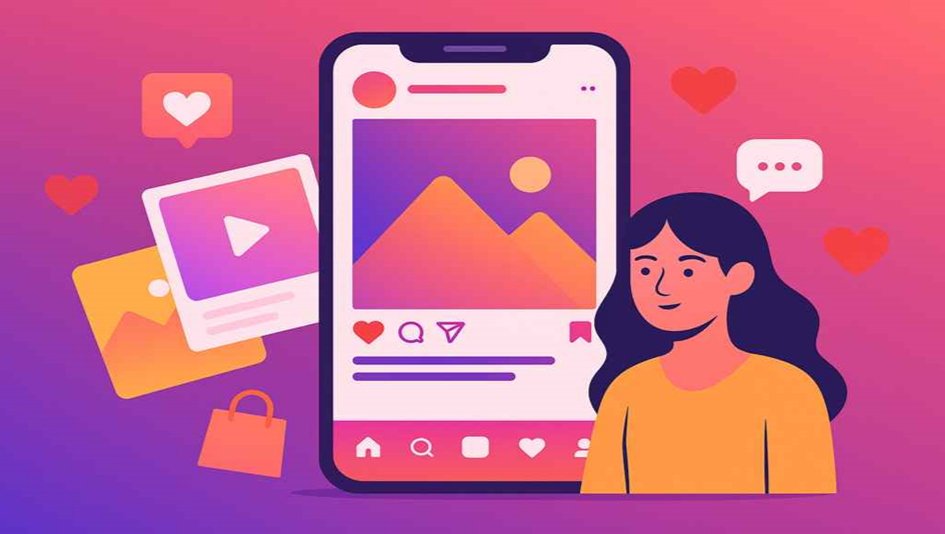
Instagram is a visual-first platform that speaks directly to the eyes and emotions of its users. With a seamless blend of short videos, aesthetic posts, interactive stories, and shoppable features, it’s designed for brands that want to leave a lasting visual impression.
More than just pretty pictures, Instagram supports full-funnel marketing—from discovery through influencers to direct product checkout. If you’re looking for a hands-off way to grow your presence and automate key tasks, visit here to explore one option trusted by many digital marketers.
TikTok: Entertainment Meets Engagement

TikTok’s short-form vertical videos have transformed how we consume and create content. Its algorithm doesn’t just reward big budgets—it favors creativity, personality, and real engagement, giving even small brands the chance to break through.
Its evolution into a retail channel is perhaps the most exciting shift. By embedding commerce directly into content, platforms like TikTok are redefining shopping behavior for younger audiences. Marketers who want to take advantage of this shift are turning to interactive, video-driven shopping experiences that make discovery, trust, and purchase happen all in one place.
Spotify: Marketing Through Music and Moments
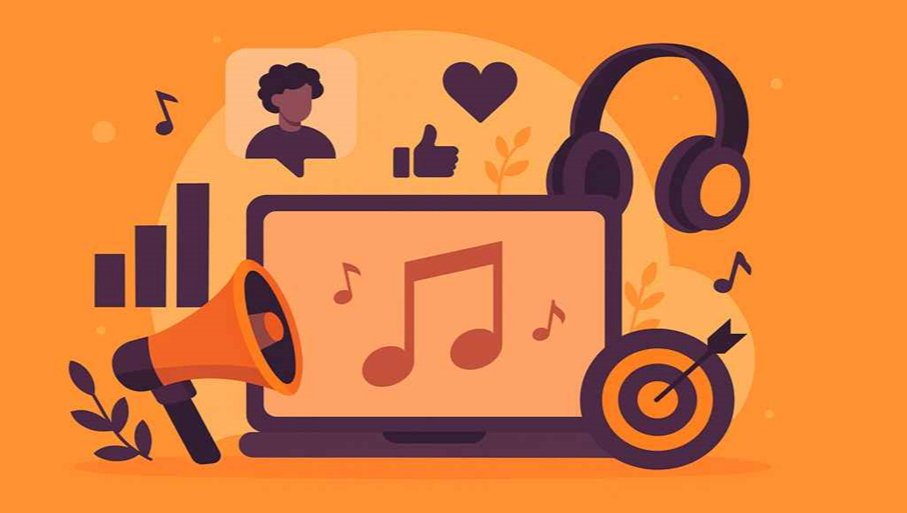
Spotify may not be your first thought when it comes to social media, but its power in marketing is undeniable. Audio ads allow brands to be part of people’s everyday moments—at the gym, during a commute, or while cooking dinner.
For creators and marketers tapping into the rise of podcasting and personalized playlists, building a long-term audio presence with creator-focused tools is no longer optional—it’s essential. Spotify gives them a chance to speak directly into the ears and emotions of their audience, uninterrupted.
LinkedIn: B2B’s Social Command Center

When it comes to B2B marketing, LinkedIn remains unmatched. It’s the professional playground where thought leadership thrives, and industry voices carry real weight. Whether you’re sharing product updates, whitepapers, or behind-the-scenes company culture, LinkedIn nurtures a brand reputation with an audience that is already in a business mindset.
The power of LinkedIn lies in its niche targeting. Sponsored content can be precision-delivered to specific industries, job roles, or even seniority levels. For B2B lead generation, this level of granularity is a strategic asset no other platform can quite replicate. It’s not about mass visibility—it’s about relevant visibility.
YouTube: Longevity and Search Power
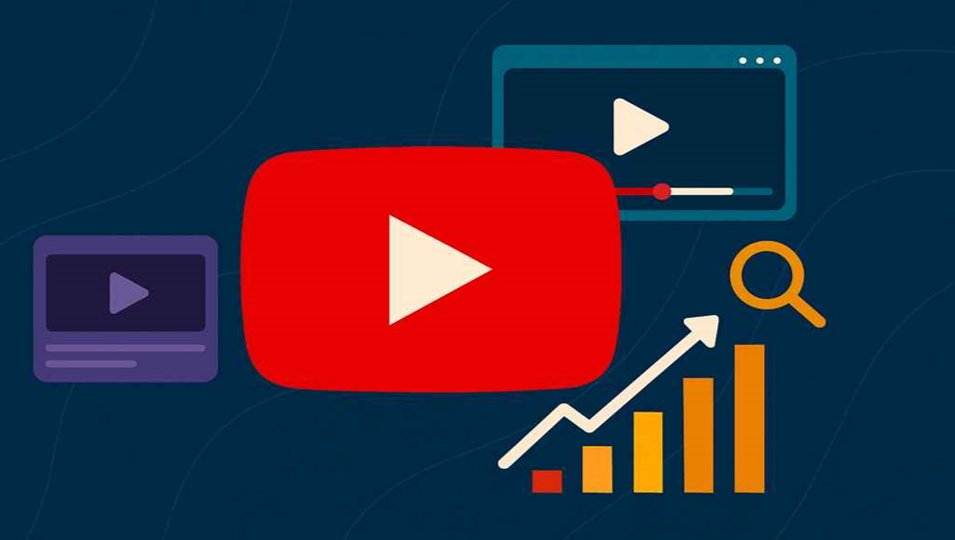
YouTube combines the reach of TV with the searchability of Google. With over 2 billion logged-in users monthly, it’s a platform where brands can deliver deep value through tutorials, reviews, documentaries, or even mini-series. Content here doesn’t just live for a moment—it becomes a long-term search asset.
Its integration into Google’s search results boosts discoverability even further, giving marketers a rare chance to position content as both entertainment and utility. And with YouTube Shorts now competing directly with TikTok and Reels, the platform balances long-form depth with short-form virality.
Choosing Platforms with Purpose
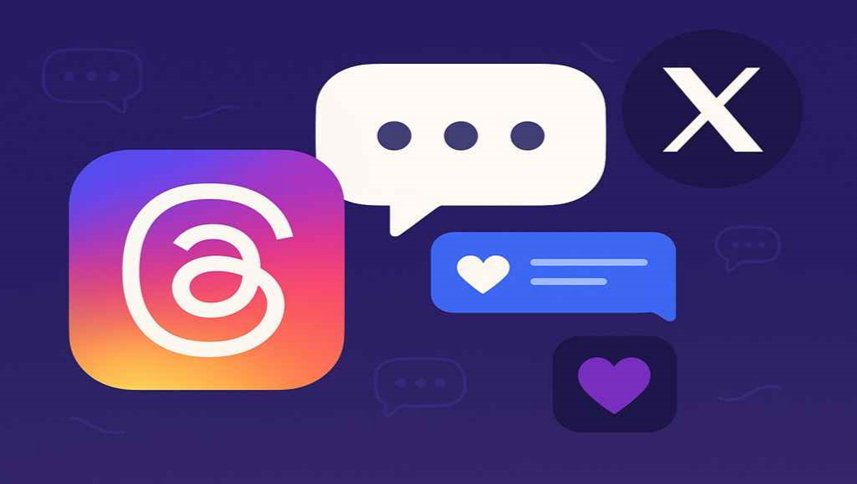
There’s no one-size-fits-all in social media marketing. Success lies in aligning your brand’s voice, audience, and goals with each platform’s strengths. For visually driven brands, Instagram and TikTok make sense. For B2B, LinkedIn is the clear frontrunner. For content longevity and SEO, YouTube leads the pack. And for emerging experiments, newer spaces like Threads or even platforms like Spotify provide fresh opportunities.
Tools that simplify multi-platform management are becoming essential—not just for scheduling posts, but for understanding what works, where, and why. Services that combine automation with audience insight let marketers focus on creative direction while the backend handles data and delivery.
FAQs
Which platform is best for new businesses?
Instagram and TikTok are great starting points due to their organic discovery features and low barriers to entry.
Is LinkedIn only for B2B marketing?
While it excels in B2B, LinkedIn is also useful for employer branding, hiring, and thought leadership for any industry.
How can I measure success across platforms?
Track platform-specific KPIs like engagement rate, click-through, impressions, and ultimately conversion to get a full picture.
What’s the role of automation in social media marketing?
Automation helps scale content delivery, manage posting schedules, and analyze performance—allowing marketers to focus on creativity.
Can smaller brands compete on platforms like YouTube?
Absolutely. With the right content and SEO strategy, even small creators can build a long-term audience on YouTube.
